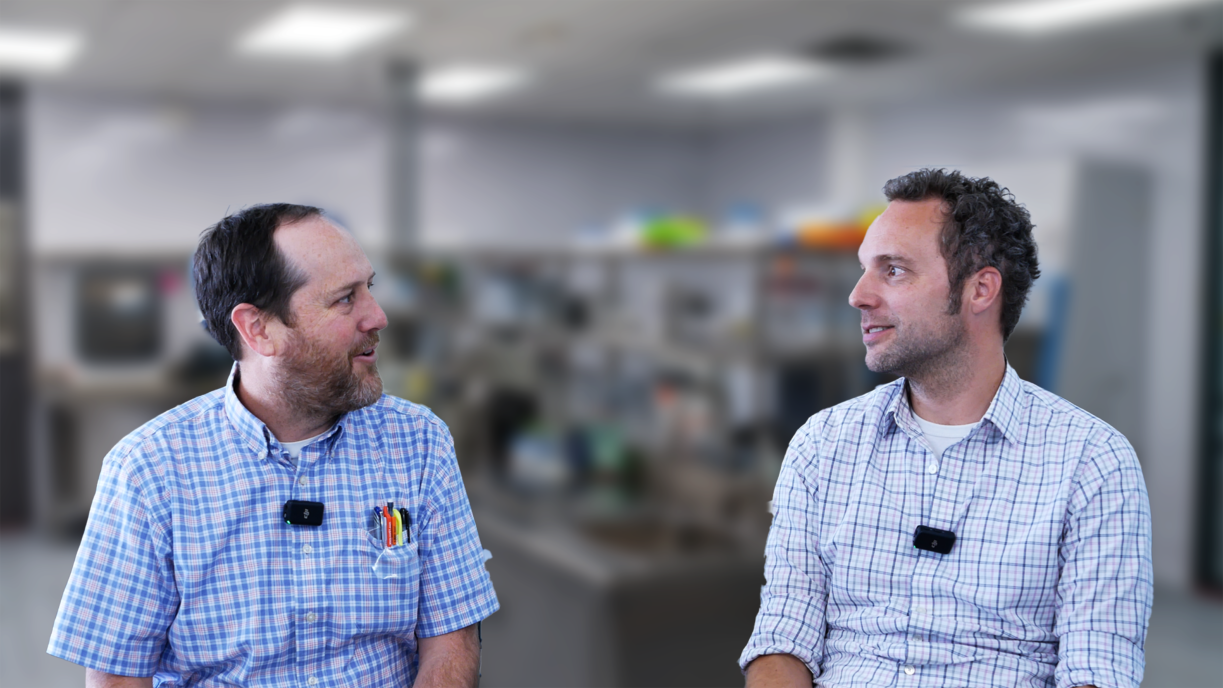
Bio Break: Innovations in Drug Delivery
Nick Allan and Joris van der Heijden delve into the fascinating world of drug delivery systems, focusing on the innovative use of nebulizers. While traditional methods like pills and injections dominate the landscape, nebulizers offer a unique, efficient, and non-invasive alternative for administering medications.
Nebulizers are commonly associated with treating pulmonary conditions like asthma and COPD, but their potential goes far beyond that. Joris explains how nebulizers convert liquid drugs into a fine mist of droplets, which can be easily inhaled. This method ensures that the medication reaches the desired areas of the lungs for effective absorption. Moreover, nebulizers can also be used for systemic drug delivery, bypassing the gastrointestinal tract and avoiding the first-pass metabolism. This demonstrates the fascinating potential in drug delivery innovations.
One particularly intriguing application is the use of nebulizers to administer insulin. Although not all such trials have been successful, the concept highlights the versatility of nebulizer technology. These devices are pain-free, needle-free, and designed for at-home use, making them more user-friendly compared to traditional injection methods.
Nick and Joris also discuss the advancements that have revolutionized nebulizer technology. Modern innovations like ultrasonic and vibrating mesh systems have replaced traditional compressors, resulting in quieter, more compact, and highly efficient devices. This progress makes nebulizers an increasingly appealing option for patients in home settings and showcases the continual innovations in drug delivery.
However, Joris notes that not all drugs are suitable for nebulization. Sensitive medications, such as monoclonal antibodies, may not withstand the shear forces involved in the nebulization process. Despite this limitation, nebulizers remain a game-changing tool for a wide range of therapies, offering a practical and patient-friendly solution for drug delivery and emphasizing the importance of drug delivery innovations.
Join Nick Allan and Joris van der Heijden in this Bio Break episode, as they explore how technology and engineering continue to redefine medical devices and improve patient experiences through drug delivery innovations.
Innovations in Drug Delivery
Related Resources
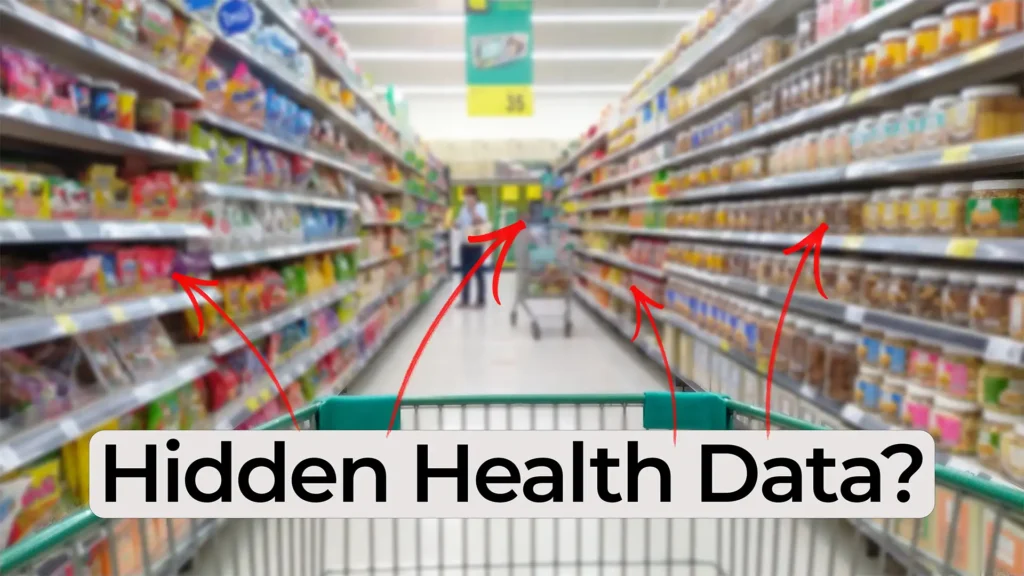
Consumer health prediction shapes more of daily life than most people realize. In this episode of Bio Break, Nick and Nigel explore how retail data can reveal health information without a person ever speaking to a clinician.
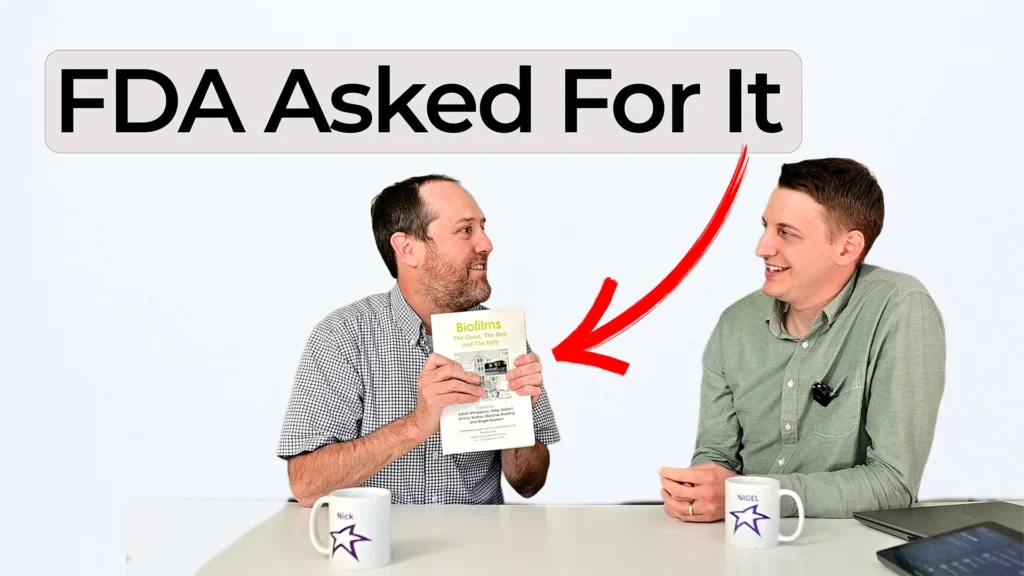
When reviewing evidence for a medical device, a single citation can shape an entire submission. In this Bio Break episode, Nick shares a biofilm referencing lesson that has stayed with him since the early 2000s.
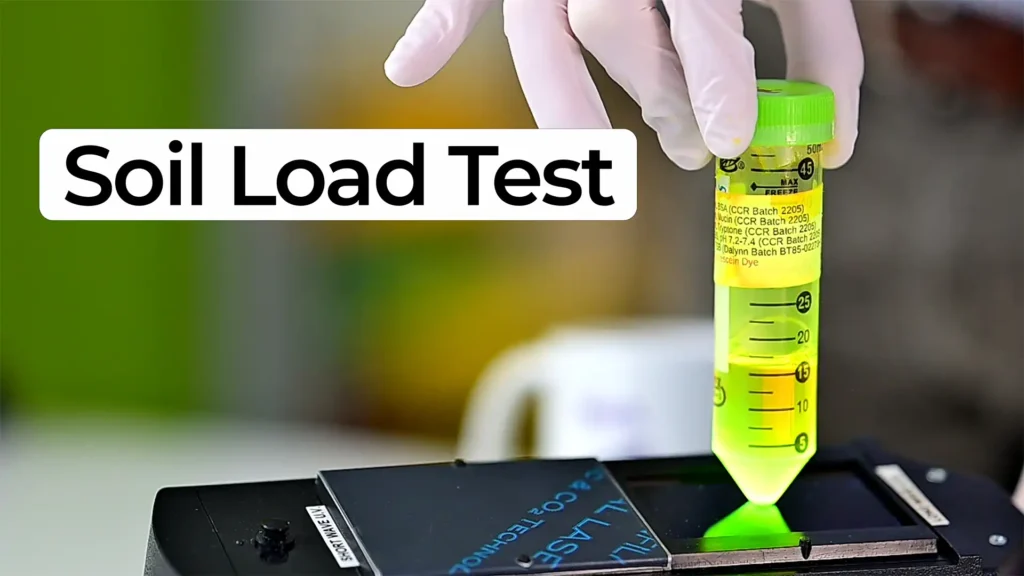
Nick Allan and Nigel Syrotuck explain how a fluorescent protein assay helps engineers measure contamination and cleaning performance in medical devices.
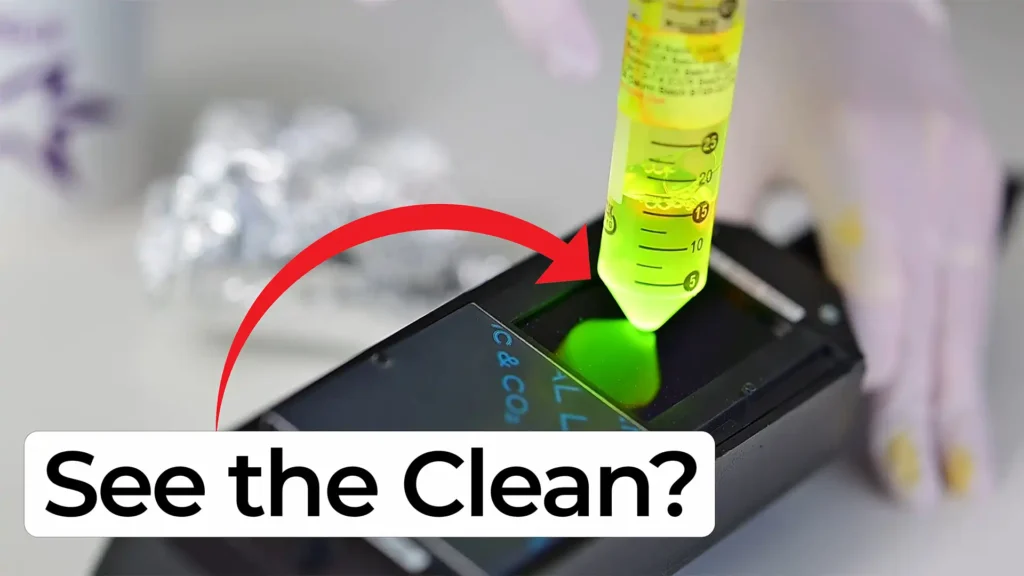
Nick Allan and Nigel Syrotuck explore a creative approach to visualizing cleaning validation using a fluorescent soil load.
